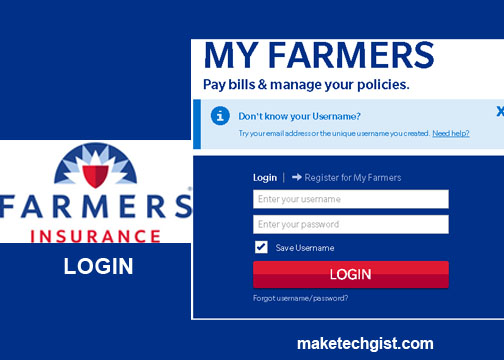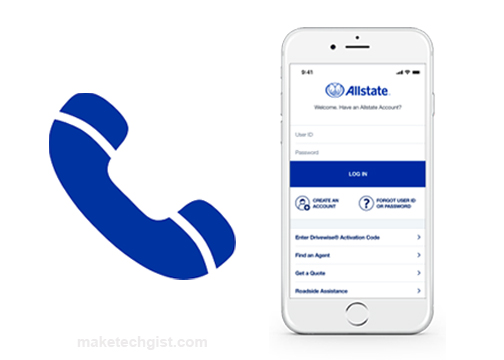It’s important to understand what life insurance is all about, as it provides peace of mind for old individuals in their later years. Even if everyone has life insurance to help with final expenses and provide for their family, some individuals get this coverage while having Medicaid. Generally, a way of covering medical expenses is known as Medicaid.

However, when you leave behind life insurance and no chosen beneficiary, it might also assert a claim to your remaining assets. Furthermore, we will help assess what Medicaid is all about, how is related to life insurance, and what it can claim but it might affect your Medicaid eligibility.
Can You Have Life Insurance While on Medicaid?
Yes, you can have life insurance while on Medicaid, but this type of coverage may affect your eligibility. Medicaid has stringent income and asset requirements, which tend to support people who have minimal income. In addition, the kind of life insurance it does will decide if it’s eligible as an asset and if it affects your qualification for Medicaid.
What is Medicaid?
Medicaid is an initiative program that is organized by the federal government and each state that provides public assistance. Health insurance benefits are also provided to elderly people, pregnant women, people with disabilities, and low-income families. Medicaid is currently recognized as the nation’s largest source of health insurance coverage.
Effects on Medicaid and Forms of Life Insurance
The conditions for qualifying for Medicaid are affected differently by each type of life insurance. In addition, three main types of life insurance are usually bought. These include burial insurance, term, and permanent life insurance.
Burial insurance
Burial insurance is a type of whole insurance coverage that does not affect Medicaid eligibility. This coverage type is referred to as final expense insurance or funeral insurance. Additionally, it helps to cover funeral planning and other related expenses. Furthermore, Medicaid does not apply to life insurance policies with funds that can be utilized for funeral expenses and are excluded from the asset limit.
Term life insurance
Term life insurance is well known for its fixed coverage duration, which ranges from 10 to 30 years. Generally, this coverage only pays out if the policyholder passes away during this term. However, since it has no cash value increment, it’s usually not considered as an asset for Medicaid eligibility purposes. This kind of policy is also beneficial for people who require coverage for a specific amount of time. For instance, while training your kids or paying off a mortgage, this coverage is helpful without affecting their Medicaid eligibility.
Permanent life insurance
Permanent life insurance, like whole and universal life insurance coverage, offers long-life coverage. This coverage also gains cash value over time. Moreover, it offers a saving section that is accessible for policyholders for withdrawal or borrowing. Furthermore, the cash value can make you ineligible for Medicaid if it surpasses the permitted asset limits.
What to Do If You Are Not Eligible for Medicaid With Life Insurance
Different options can be accessible for individuals whose life insurance policy may disqualify them from being eligible for Medicaid. Additionally, it’s not a criterion to have coverage over the exempt amount to become eligible for Medicaid. Also, allowing coverage to expire through non-payment of premiums is not the only alternative, as there are other existing planning strategies. This includes:
Cash-out the policy
You can get your life insurance policy canceled, get the cash surrender value, and “spend down” the money until your state’s Medicaid asset limit is reached. People frequently utilize the money to settle debt, pay for long-term care, and/or make home renovations to facilitate aging in place. With this choice, the life insurance policy expires and the surviving loved ones do not receive a death payment.
Take a loan against the cash value
The face value and cash value of a whole life insurance policy decrease when a loan is taken out against it, but the policy still has its functionality. It’s crucial to keep in mind that if this option is selected, premium payments are still necessary. A person may discover that they are no longer qualified for Medicaid as the cash value rises over time. It is crucial to keep an eye on the policy’s cash value when using this method.
Transfer the policy
Your life insurance policy may not be included in your asset count if you give it to someone else (such as a family member). This move can have repercussions, such as losing control over the policy and even having to deal with gift taxes. For individuals who choose to keep the policy in place but must lower their asset levels to qualify for Medicaid, it’s a calculated decision.
Sell the policy
You may receive a lump sum payment when you sell your life insurance policy that is greater than the cash surrender value but less than the death benefit. We call this a life settlement. You can pay for critical bills like debt repayment or medical bills with the sizeable amount of money that this choice offers. This is an excellent choice for those who find the premium payments too high or who no longer require the coverage. However, it requires forfeiting the death benefit and may have tax ramifications.
How to Get Life Insurance and Keep Medicaid
If you have some type of life insurance, you may not be eligible for Medicaid coverage, but there are ways to get both. Finding out about your state’s Medicaid regulations and how they relate to life insurance is always a smart idea if you want to make sure that you’re making educated decisions about your coverage and financial planning.
Select the appropriate kind of policy
Getting term life insurance is a smart move because, in most cases, it is not deducted from Medicaid’s asset cap. This kind of insurance doesn’t build up cash value. Also, it provides coverage for a set amount of time, so it’s less likely to interfere with your Medicaid eligibility.
Observe the face value of the policy
Ensure the face value of your permanent life insurance policy stays below the Medicaid exemption limits in your state. Especially if you now have or are thinking about getting one. You may not be eligible for Medicaid if the insurance has a comparatively high face value that is paid out after death.
Frequent evaluations of policies
Check your life insurance policy regularly to ensure that you are still eligible for Medicaid. Especially if you have permanent life insurance with a cash value. Because Medicaid standards and individual situations are subject to change, monthly assessments can help you satisfy the necessary criteria.





